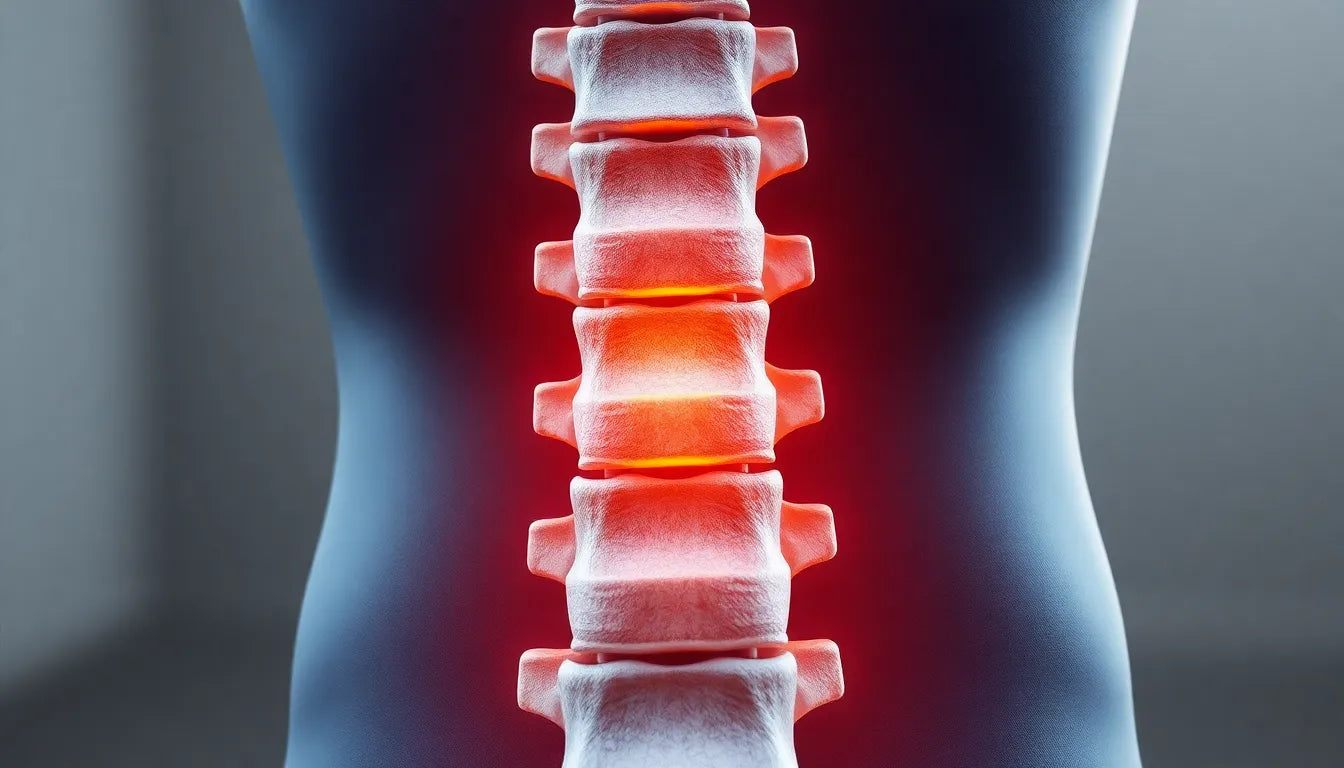In today's fast-paced work environments, the significance of ergonomics cannot be overstated. Ergonomics plays a pivotal role in enhancing workplace efficiency and safety by optimizing the interaction between workers and their environments. As industries evolve, staying updated with the latest ergonomic practices is crucial, and resources like the "Ergonomics Transfer and Work Technique 2nd Edition" provide valuable insights into current techniques and standards.
Understanding ergonomics and its importance
Ergonomics is the science of designing workspaces and tasks to fit the physical capabilities and limitations of workers. Its application spans both industrial and office settings, aiming to reduce the risk of musculoskeletal disorders and enhance productivity. By considering factors such as posture, equipment design, and workflow, ergonomics helps create safer and more efficient work environments.
One key aspect of ergonomics is the concept of "transfer techniques," which involves the safe and efficient movement of people or objects. This is particularly relevant in industries like healthcare, where patient handling is a daily task, and manufacturing, where heavy lifting is common. Mastering these techniques can significantly reduce the risk of injury and improve operational efficiency.
The purpose of this post
This post aims to delve into the comprehensive principles of ergonomics and their practical applications across various industries. With the ever-changing nature of work environments, it's essential to keep abreast of the latest ergonomic practices to ensure compliance with modern standards and improve workplace wellbeing. Whether you're an employer looking to enhance your workplace or an employee seeking to understand the benefits of ergonomics, this guide offers valuable insights.
As we explore the "Ergonomics Transfer and Work Technique 2nd Edition," we'll uncover the latest updates in ergonomic principles and work techniques. This resource serves as a bridge between theoretical knowledge and practical application, helping organizations and individuals alike to foster safer and more productive workspaces.
Comprehensive guides and handbooks for ergonomic excellence
In the realm of ergonomics, having access to well-rounded and authoritative resources is invaluable. The "Ergonomics Transfer and Work Technique 2nd Edition" stands as a vital resource, complemented by other comprehensive guides that provide robust frameworks and insights into ergonomic practices. These publications not only cover fundamental principles but also delve into specialized areas, offering a holistic understanding of ergonomics.
Kodak's ergonomic design for people at work, 2nd edition
This classic reference is revered for its structured approach to ergonomic design, emphasizing human reliability and practical applications. It serves as a critical resource for professionals involved in workplace design and assessment, providing a wealth of knowledge through over 150 illustrations and tables. Key topics covered include:
- Human reliability and performance
- Design principles for ergonomic workstations
- Assessment techniques for workplace ergonomics
The guide's comprehensive nature makes it a staple for those seeking to implement effective ergonomic solutions in various work environments.
Handbook of standards and guidelines in human factors and ergonomics, 2nd edition
This handbook focuses on the importance of regulatory compliance and system design in ergonomic practices. It is particularly relevant for organizations aiming to align with global quality standards, offering extensive coverage of key standards and guidelines. The following table compares some of the critical standards featured:
| Standard | Focus Area |
|---|---|
| ISO 6385 | Ergonomic principles in the design of work systems |
| ANSI/HFES 100 | Human factors engineering of computer workstations |
This resource is indispensable for organizations committed to enhancing workplace ergonomics through adherence to established standards.
Ergonomics for beginners: a quick reference guide, 2nd edition
Designed with accessibility in mind, this guide offers practical advice for both newcomers and seasoned professionals. It covers fundamental ergonomic concepts and includes sections on information technology and work organization. The guide is enriched with practical checklists and implementation phases, making it ideal for initiating workplace interventions:
- Checklist for ergonomic assessment
- Phases of ergonomic intervention implementation
- Guidelines for IT ergonomics
This quick reference guide is perfect for those looking to make immediate ergonomic improvements in their work environments.
Specialized and technical approaches in ergonomics
For those seeking deeper scientific and technical insights into ergonomics, specialized resources provide invaluable information. These publications address biomechanical aspects and anthropometric data critical to ergonomic design.
Biomechanics in ergonomics, second edition
This edition offers a detailed exploration of biomechanical principles, focusing on posture, spinal load, and the mechanics of tasks. It is particularly useful for academic and technical audiences. A diagram illustrating posture measurement techniques further enhances understanding:

With chapters dedicated to cumulative spinal loads and practical implications for work techniques, this resource is indispensable for those involved in ergonomic research and application.
Bodyspace: anthropometry, ergonomics and the design of work, 2nd edition
Emphasizing the significance of anthropometry in ergonomic design, this publication provides practical guidelines for office ergonomics, such as desk and chair design. The following table summarizes key anthropometric data for ergonomic design:
| Measurement | Application |
|---|---|
| Seated elbow height | Desk height adjustment |
| Popliteal height | Chair height determination |
These insights are crucial for designing workspaces that accommodate diverse body dimensions, enhancing comfort and productivity.
Industry-focused ergonomic solutions
For organizations looking to implement effective ergonomic strategies, industry-focused guides offer practical solutions and real-world applications. These resources are designed to address specific needs across various sectors, ensuring that ergonomic improvements are both feasible and impactful.
The ergonomics kit for general industry, second edition
This guide is renowned for its process-oriented approach, heavily utilizing checklists to streamline ergonomic program implementation. It provides actionable tips and case studies that demonstrate the benefits of ergonomic improvements. Key features include:
- Comprehensive checklists for ergonomic assessment
- Case studies illustrating successful ergonomic interventions
- Guidelines for setting up and maintaining ergonomic programs
By focusing on practical applications, this resource empowers organizations to enhance workplace safety and efficiency effectively.
Ergonomics in design: methods and techniques
This publication offers a multidisciplinary approach to ergonomic design, encompassing product, system, and architectural design methods. It is particularly valuable for those interested in methodological approaches to ergonomic design. The guide includes a flowchart of ergonomic design methods, providing a visual representation of the process:

By integrating various design techniques, this resource aids in creating ergonomic solutions that are both innovative and practical.
Conclusion
In conclusion, staying updated with the latest ergonomic resources is essential for enhancing workplace safety and efficiency. The "Ergonomics Transfer and Work Technique 2nd Edition" and other comprehensive guides provide valuable insights into ergonomic principles and their practical applications across different industries. By integrating these resources into workplace practices, organizations can foster environments that prioritize worker wellbeing and productivity.
Frequently Asked Questions
What is the primary focus of the "Ergonomics Transfer and Work Technique 2nd Edition"?
The primary focus of the "Ergonomics Transfer and Work Technique 2nd Edition" is to provide updated ergonomic principles and work techniques applicable across various industries. It serves as a bridge between theoretical knowledge and practical application, helping organizations and individuals enhance workplace safety and efficiency.
How do ergonomic practices benefit workplace safety?
Ergonomic practices benefit workplace safety by reducing the risk of injury, improving efficiency, and ensuring compliance with safety standards. By optimizing the interaction between workers and their environments, ergonomics helps create safer and more productive workspaces.
What are some key elements of ergonomic design?
Key elements of ergonomic design include human reliability, posture measurement, task organization, and compliance with ergonomic standards. These elements are crucial for designing workspaces that accommodate the physical capabilities and limitations of workers, enhancing comfort and productivity.
Why is it important to stay updated with ergonomic guidelines?
Staying updated with ergonomic guidelines is important to ensure that workplaces meet current safety standards and optimize worker wellbeing and productivity. As industries evolve, keeping abreast of the latest ergonomic practices helps organizations maintain compliance and foster environments that prioritize employee health and efficiency.
Sources
- Kodak's Ergonomic Design for People at Work, 2nd Edition. Wiley.
- Ergonomics for Beginners: A Quick Reference Guide, Second Edition.
- The Ergonomics Kit for General Industry, Second Edition.
- Biomechanics in Ergonomics, Second Edition.
- Handbook of Standards and Guidelines in Human Factors and Ergonomics, Second Edition.
- Ergonomics in Design: Methods and Techniques.
- Bodyspace: Anthropometry, Ergonomics and the Design of Work, Second Edition.


















